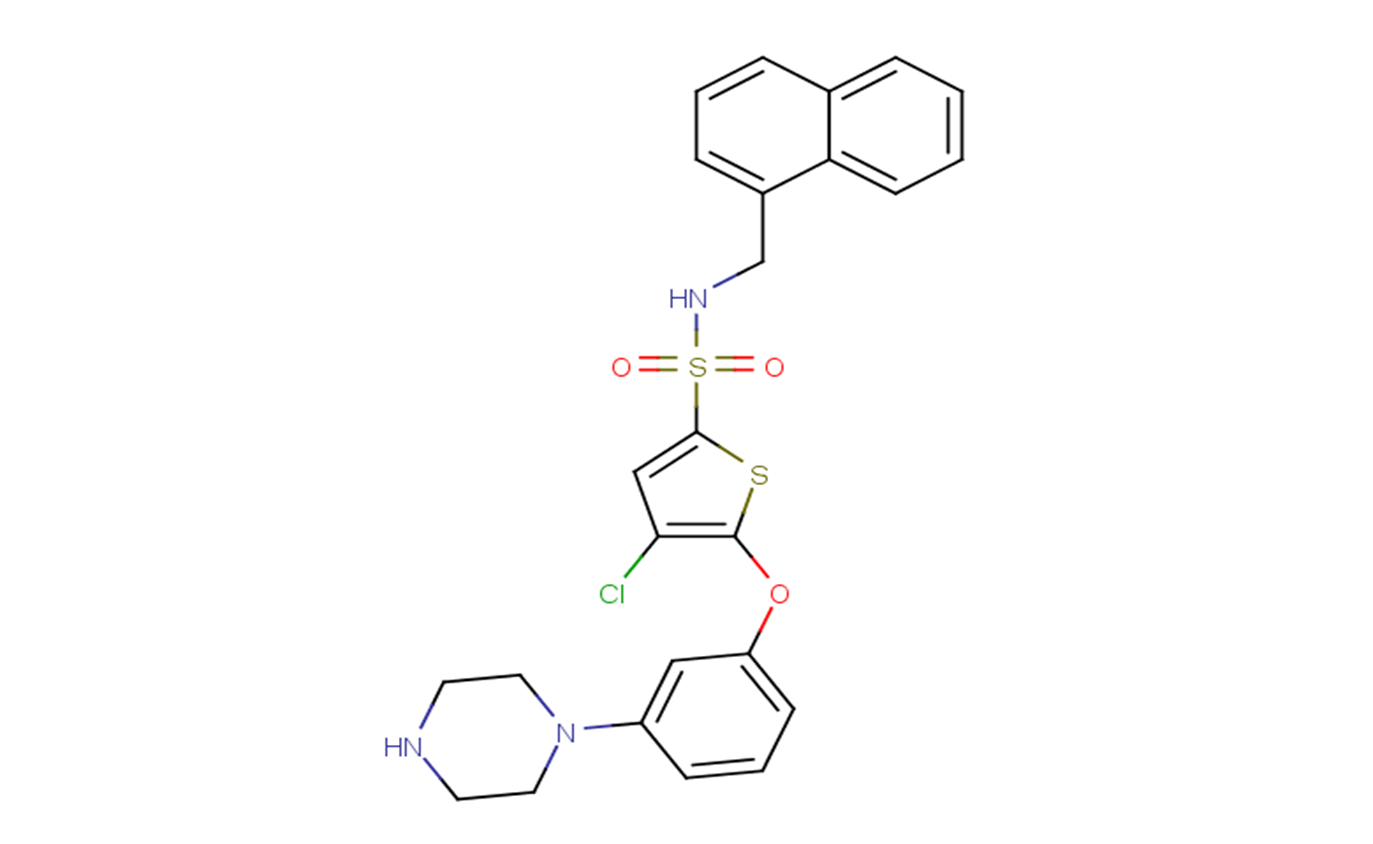
B355252
CAS No. 1261576-81-1
B355252( —— )
Catalog No. M23435 CAS No. 1261576-81-1
B355252 protects against cell death caused by glutamate-evoked oxidative stress.
Purity : >98% (HPLC)
 COA
COA
 Datasheet
Datasheet
 HNMR
HNMR
 HPLC
HPLC
 MSDS
MSDS
 Handing Instructions
Handing Instructions
| Size | Price / USD | Stock | Quantity |
| 5MG | 299 | In Stock |


|
| 10MG | 524 | In Stock |


|
| 25MG | 840 | In Stock |


|
| 50MG | 1143 | In Stock |


|
| 100MG | Get Quote | In Stock |


|
| 200MG | Get Quote | In Stock |


|
| 500MG | Get Quote | In Stock |


|
| 1G | Get Quote | In Stock |


|
Biological Information
-
Product NameB355252
-
NoteResearch use only, not for human use.
-
Brief DescriptionB355252 protects against cell death caused by glutamate-evoked oxidative stress.
-
DescriptionB355252 protects against cell death caused by glutamate-evoked oxidative stress. B355252 shows neuroprotective effect, potentiating nerve growth factor (NGF)-induced neurite outgrowth.
-
In Vitro——
-
In VivoB-355252 (0.125 mg/kg; ip; daily; 3 days) significantly attenuates the infarct volume and protects post-stroke neuronal loss in adult male Sprague–Dawley rats with cerebral ischemia.
-
Synonyms——
-
PathwayOthers
-
TargetOther Targets
-
RecptorOthers
-
Research Area——
-
Indication——
Chemical Information
-
CAS Number1261576-81-1
-
Formula Weight514.06
-
Molecular FormulaC25H24ClN3O3S2
-
Purity>98% (HPLC)
-
SolubilityDMSO:10 mM
-
SMILESC1CN(CCN1)C2=CC(=CC=C2)OC3=C(C=C(S3)S(=O)(=O)NCC4=CC=CC5=CC=CC=C54)Cl
-
Chemical Name——
Shipping & Storage Information
-
Storage(-20℃)
-
ShippingWith Ice Pack
-
Stability≥ 2 years
Reference
1.Chimeh U , Zimmerman M A , Gilyazova N , et al. B355252, A Novel Small Molecule, Confers Neuroprotection Against Cobalt Chloride Toxicity In Mouse Hippocampal Cells Through Altering Mitochondrial Dynamics And Limiting Autophagy Induction[J]. International Journal of Medical Sciences, 2018, 15(12):1384-1396.
molnova catalog



related products
-
KN-92 phosphate
KN-92 is an inactive derivative of KN-93. KN-93 is a selective inhibitor of Ca2+/calmodulin-dependent kinase II (CaMKII).
-
Amaronol B
Amaronol B is a natural product found in?Pseudolarix amabilis?and?Larix kaempferi?with data available.
-
Lathyranoic acid A
The herbs of Stellera chamaejasme.



 Cart
Cart
 sales@molnova.com
sales@molnova.com


